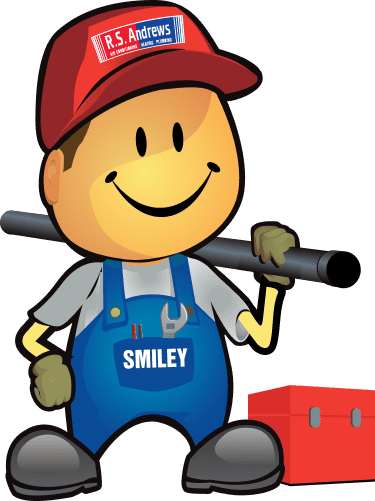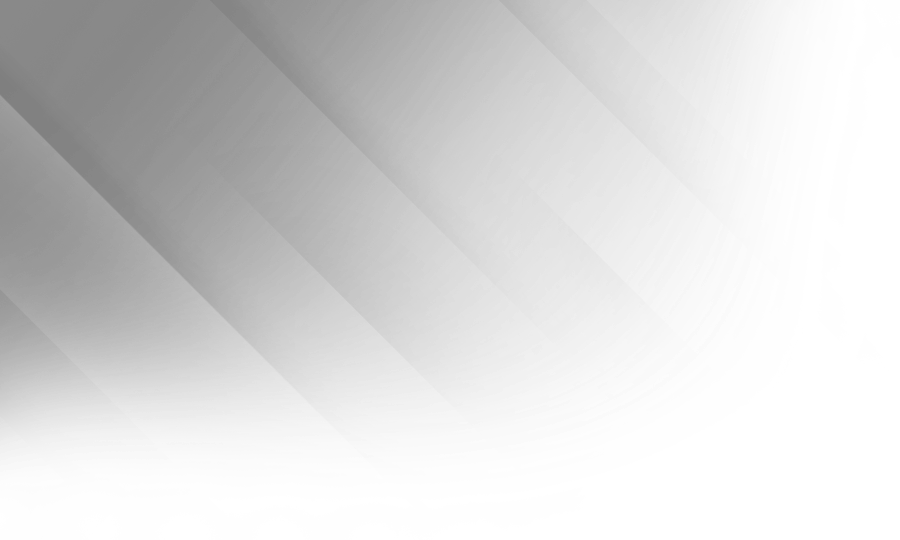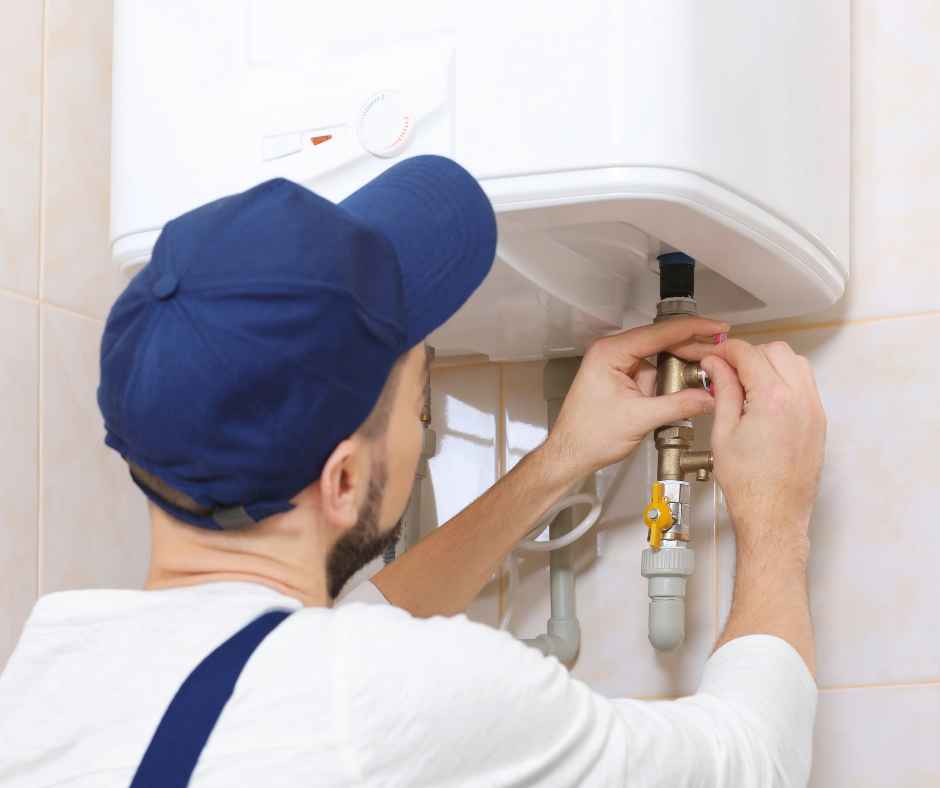Serving Greater Atlanta & Savannah/Hilton Head
Sick Building Syndrome: Is Your Office To Blame?

<_>

It happens every day.
People drive their cars into the city to work and park in the underground parking garage located below their high-rise office building.
People head outside to smoke, spend time chatting with friends near the building.
Printers and fax machines busily work away in offices throughout the building, emitting ozone and other organic chemicals into the workplace.
Exterminators spray pesticides to eliminate potential problems within the building. The chemicals linger for days in the carpet.
Cleaning products sprayed throughout the building at night add to the mix.
Businesses move in and move out, making construction a common occurrence. Dust, paint fumes and off-gassing from new products are often in the air.
And even if the indoor air isn’t polluted from all of this and more, the chance of bringing in fresh air isn’t possible. Most office buildings won’t allow you to crack open a window because you are in a sealed environment.
All of this creates the perfect storm for sickness.
In general, buildings are impacted in one of two ways.
Building related diseases
Sick building syndrome
Building related diseases can be traced to one specific cause. For instance, a virus can be introduced into the ductwork, and be spread to many floors, many offices, triggering common health problems to the people that inhabit these areas.
More common than illnesses with an identifiable cause, however, are complaints of sick building syndrome. Sick building syndrome usually affects people in different ways and is rarely diagnosed by a doctor. They suffer from a mirage of problems, sometimes with symptoms so severe that a person can no longer work at the building in question.
Sick building syndrome is rarely caused by one thing, but instead by a variety of things adding up to a very large problem. It may include factors like poor lighting, or problems with humidity buildup. It may be variances in heating and cooling, or the buzzing from overhead lights. It may be from fumes. It may be from bad air.
And while the root cause can be difficult to find, keeping the air in your workplace as fresh as possible can help reduce, even eliminate the symptoms.
- Don’t block vents or grills
- Don’t allow dusty, over-watered, dying or dead plants to linger
- Get rid of garbage promptly to avoid biological contamination
- Store food properly
- Keep eating areas clean to avoid pests
And if you do suspect trouble within your building, give us a call today. We provide a variety of services specifically designed for commercial buildings, and can help with everything from diagnosing poor lighting to finding problems that exist within your HVAC equipment.
Heater on the fritz? Frustrated with plumbing problems? R.S. Andrews is just a call away!





